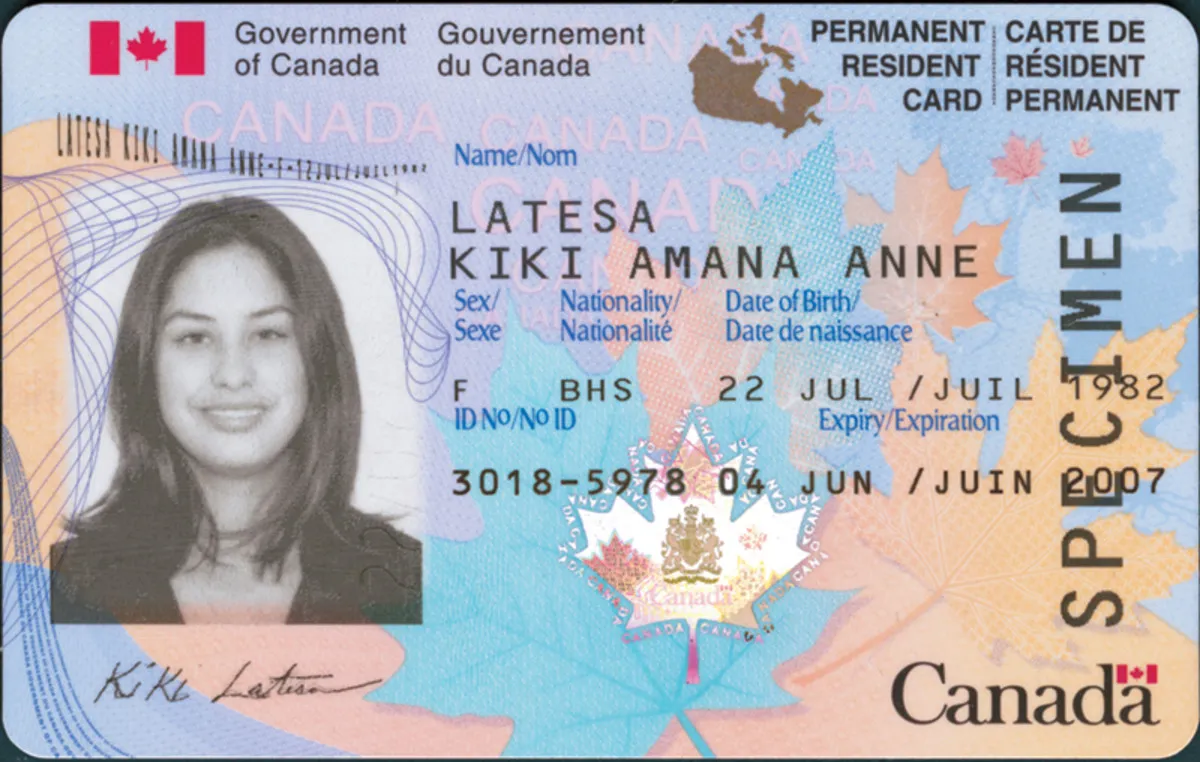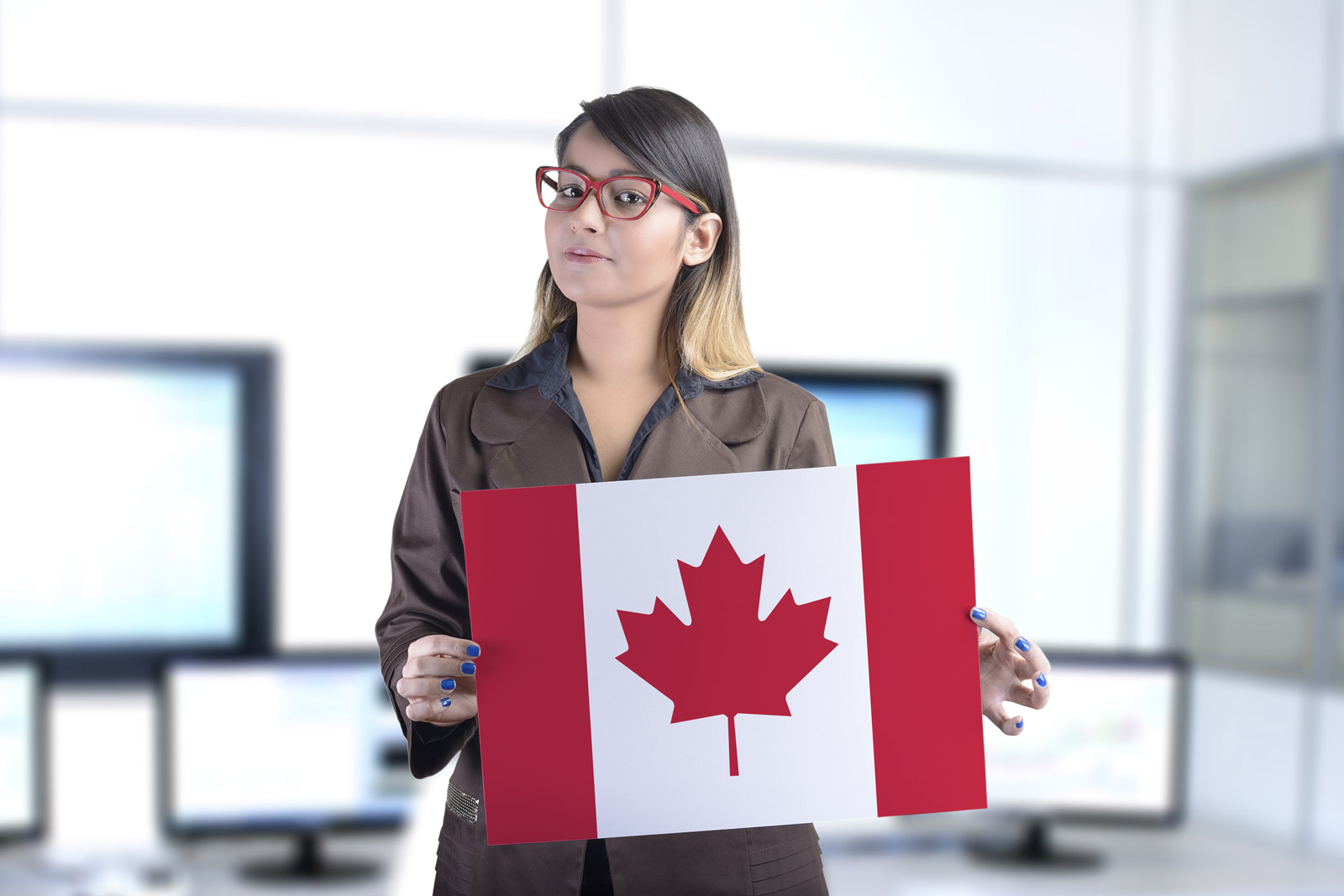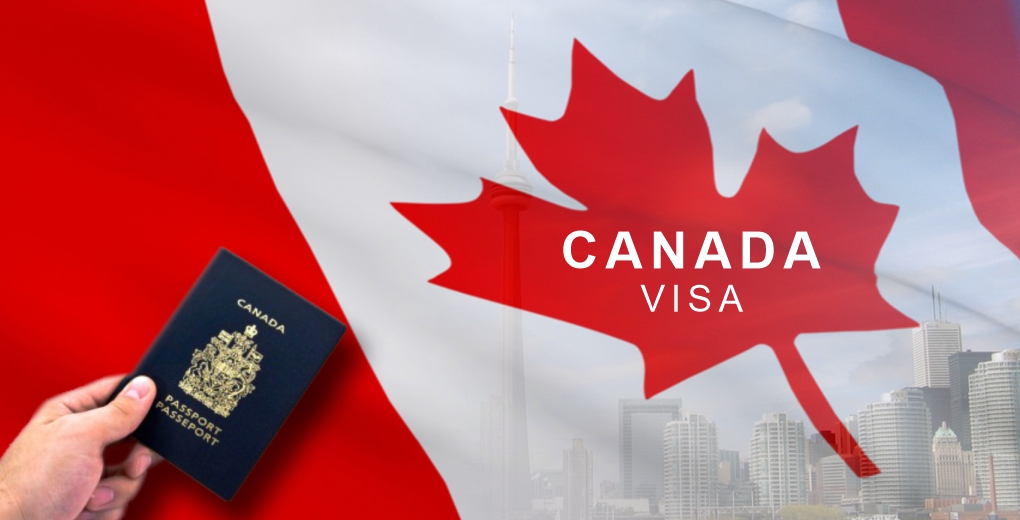Many people wish to obtain permanent residence in Canada. The desire to move to Canada is due to some good reasons. Canada has a record for being one of the friendliest countries for immigrants. It is also one of the easiest due to its enormous landmass and minimal population. If you’re interested in Canada and are wondering what it takes to secure a permanent residence, this article will answer the basics. This article covers the eligibility criteria for obtaining permanent residence in Canada. It answers how to apply for permanent residence in Canada. You will also get to know how much it costs.
Every year, the number of successful applicants in Canada grows. The Canadian government intends to welcome 411,000 people to become permanent residents this year, and the number is growing!
Ways to Migrate to Canada
To secure Canadian permanent residence you must first Migrate to Canada. There are several ways you can migrate to Canada. It could be for study or work. Moreover, Canada offers numerous programs to assist immigrants in relocating to recruit new residents.
The most common immigration programs to Canada are the Express Entry program and Provincial Nominee Programs (PNPs). The Express Entry program is one of the most popular immigration programs. However, this program is governed by a points-based system. To qualify, you must be extremely competent and have appropriate expertise in your specific profession. The best part about the Express Entry program is, that it is used to process permanent residence applications. The Express Entry program can lead to permanent residency in as little as six months!
You can apply to PNPs first, then migrate via Express Entry, or both processes at the same time.
Who is a Canadian Permanent Resident?
A Canadian permanent resident is a citizen of another country who has been granted permission to remain in Canada as a permanent resident. A person with permanent resident status has the right to live and work anywhere in Canada. Permanent residents in Canada are entitled to numerous privileges, including healthcare coverage and social services. Canadian permanent residents also have legal protection under Canadian law. In addition, after a specified period as a permanent resident, you are allowed to apply to become a citizen of Canada! You will be granted permanent residence status if you obtain a permanent residence (PR) visa. A permanent residence visa has a five-year validity period and can be renewed.
The permanent residence visa does not grant you Canadian citizenship; you remain a citizen of your own country.
Note: It is important to note that as a Canadian Permanent resident, you do not have the right to vote during elections.
Benefits of Having Canada Permanent Residence (PR)
As a bearer of a Canadian permanent residence visa, you are entitled to the following benefits:
- Become a Canadian citizen: Being a permanent resident in Canada is the first step to becoming a Canadian citizen. You can apply for Canadian citizenship if you have lived in Canada for three (out of the five years on your PR visa) years. Those who become Canadian citizens receive a Canadian passport, which is a highly valued travel document around the world. This means that you won’t require a visitor visa to visit most of the world’s developed and developing countries, as most of them provide visas on arrival to Canadian citizens. Furthermore, Canadian citizens can visit the European Union and other G-8 countries for a limited time without requiring a visa.
- Live and work anywhere in Canada: Most migrants are concerned about getting a job and exercising their freedom to work freely in their new country when they relocate. A Canadian PR visa allows you the right to work anywhere in the country. You have the legal right to live and work anywhere in Canada after you become a Canadian Permanent Resident. This means that you can simply move within the country from one province or territory to another and are not tied to a certain job or province. Furthermore, because the country is economically stable, it pays well.
- Healthcare and social services: As a permanent resident of Canada you can enjoy access to the country’s first-rate healthcare and social services. The country’s healthcare system is universal, which means you have access to free medical care. Furthermore, the Canadian government provides pension and retirement benefits to its residents.
- Free education for your children: Permanent residents of Canada are entitled to free education up to the 12th grade for their children (until the age of 18 years). Furthermore, when it comes to university education, PR holders benefit from lower tuition expenses. In addition, the Canadian government organizes a variety of courses for those who have lost their jobs and wish to start over in a different sector. Aspirants can also benefit from such programs by selecting and obtaining a well-paying job.
- Get your family to join you in Canada: As a permanent resident in Canada, you can sponsor your spouse and dependent children to join you. Once your partner and child obtain their permanent residence Visas, they will be eligible for the same advantages as a Canadian Permanent Resident.
- Own a Business in Canada: After your successful immigration, and obtaining a permanent residence in Canada, you can start your businesses there. Businessmen and investors take advantage of lucrative prospects to establish themselves in Canada. Furthermore, as a business owner in Canada, you can use the banking and financial system to grow your company’s interests globally.
Without becoming a Canadian citizen, you can invest in a franchise or launch a new business as a sole partnership or corporation with just your permanent residence visa. - Mobility rights: Section 6 of the Canadian Charter of Rights and Freedoms guarantees Canadian Permanent Residents mobility rights. So, whether you wish to go to different beautiful places or reside in the province of your choosing, you have every right to do so. Note, however, that candidates who receive their invitation through the Express Entry Program can reside in any province, whereas those who apply for PNPs must live in the province that selects them.
See also: How to Apply for a Travel Loan to Go to Canada
Tips on Applying for Canada Permanent Residence
Below are tips you need when you want to apply for permanent residence in Canada:
- Confirm eligibility: Before you apply for Canadian permanent residence, you must check if you are eligible. Calculate your Express Entry score in the CRS system. Add up all of the points you can get by looking at the categories of age, education level, official language competency, second official language, and Canadian work experience. To be eligible for a permanent resident visa under the Express Entry system, you must first acquire a score of 67 out of 100. Furthermore, you must be able to demonstrate that you have sufficient means to support yourself and your family unless you can already lawfully work in Canada or have a valid job offer from a Canadian business.
- Identify which program is best for you: As earlier mentioned, Canada has a variety of immigration schemes. Some programs use points, while others do not. Some programs are first-come, first-served, while others are not. Some programs necessitate a sponsor, while others do not. And some programs continue to operate on an ongoing basis, while others do not. Research to determine which program is best for you. See if you have more than one choice, and if so, decide which you will choose. Before you dive in, make sure you know which immigration path is ideal for you. Use this guide to find a suitable immigration path to Canada for you.
- Prepare your documents: IRCC will request specific documents as part of your Canada PR application. Some paperwork may take several months to get. As a result, waiting until you are formally asked may cause unnecessary problems and prolonged delay. A police report is one example. Background checks are typically issued by law enforcement agencies in several countries within weeks, if not days, with little or no controversy. On the other hand, some nations take a long time to complete these background checks, and it may take months for the document(s) to be provided. Depending on your situation, you may also consider job reference letters, civil status paperwork, and other documentation that may take some time to obtain to get things going before being asked. Find all required documents to apply for Canadian permanent residence here.
- Check for errors or mistakes: Some Canadian permanent residence applications are delayed or denied not because the applicant was not qualified, but rather because the applicant failed to follow the instructions, confirm an assumption, or address an issue. This danger can be reduced by reading the information, checking for errors and mistakes, and correcting them.
- Avoid gaps in your date: Even if you are on vacation, IRCC may want to know where you’ve been, why you were there, and when you went there. You may also be required to provide full employment and educational history. Gaps in time are likely to be observed and questioned, and as a result, those gaps may cause your Canada permanent residence application to be delayed or denied. Make a timeline of events of your life over the last ten years and ensure that there are no gaps. It can be time-consuming, but it is doable.
- Safe-keep copies of your documents: It is a smart idea to keep copies of your documents and submitted forms, whether they are in physical or digital form. Take screenshots of the various sections of your profile as you progress through the procedure before completing the actual Canada PR application. Keep photocopies of the paperwork you submit to demonstrate your relationship with common-law/spousal sponsorship candidates. You never know when you might need to refer to any component of your application later on, so having duplicates of everything carefully kept in physical and/or electronic form is always a good idea. Your scanner is a valuable asset.
- Be honest: Even if you don’t get caught right away, lying can ruin your chances. “Misrepresentation” occurs when you lie on an immigration application and can result in significant criminal charges. For instance, the Express Entry system. If an Express Entry candidate is determined to have given false information when entering the Express Entry pool, he or she may be barred from re-entering the pool or even entering Canada for five years. A person who has misled on any immigration application may face a five-year suspension. As a result, it is critical to supply accurate and up-to-date information from the start. If it is discovered that you obtained permanent residency through fraudulent means, such as lying on your application, you will be deported.
Read Also: How to Get a Spouse Visa to Canada
Cost of Getting a Canada Permanent Residence
The cost of a Permanent Resident visa is 1,325 CAD per applicant. The money for a Canadian PR visa is usually requested at the end of the process. You will be charged an Education Credential Assessment fee at the first step of the Canadian Permanent Residency procedure. This amounts to 285 CAD per applicant. This is to see if your education fits Canadian requirements and if you are prepared for the process.
Can Students Apply for Permanent Residence in Canada?
As an international student studying in Canada, you may apply for Canadian permanent residency while in Canada or after completing your studies if you meet the conditions of the Canadian immigration program under which you apply. Applying for a Canada study visa and Canadian permanent residence status at the same time is known as “dual intent,” and it is a common and permitted procedure under Canadian immigration law.
Be sure to prepare ahead of time if you want to successfully become a permanent resident in Canada. Get your facts right and put in the work to secure one of the best permanent residency out there.










